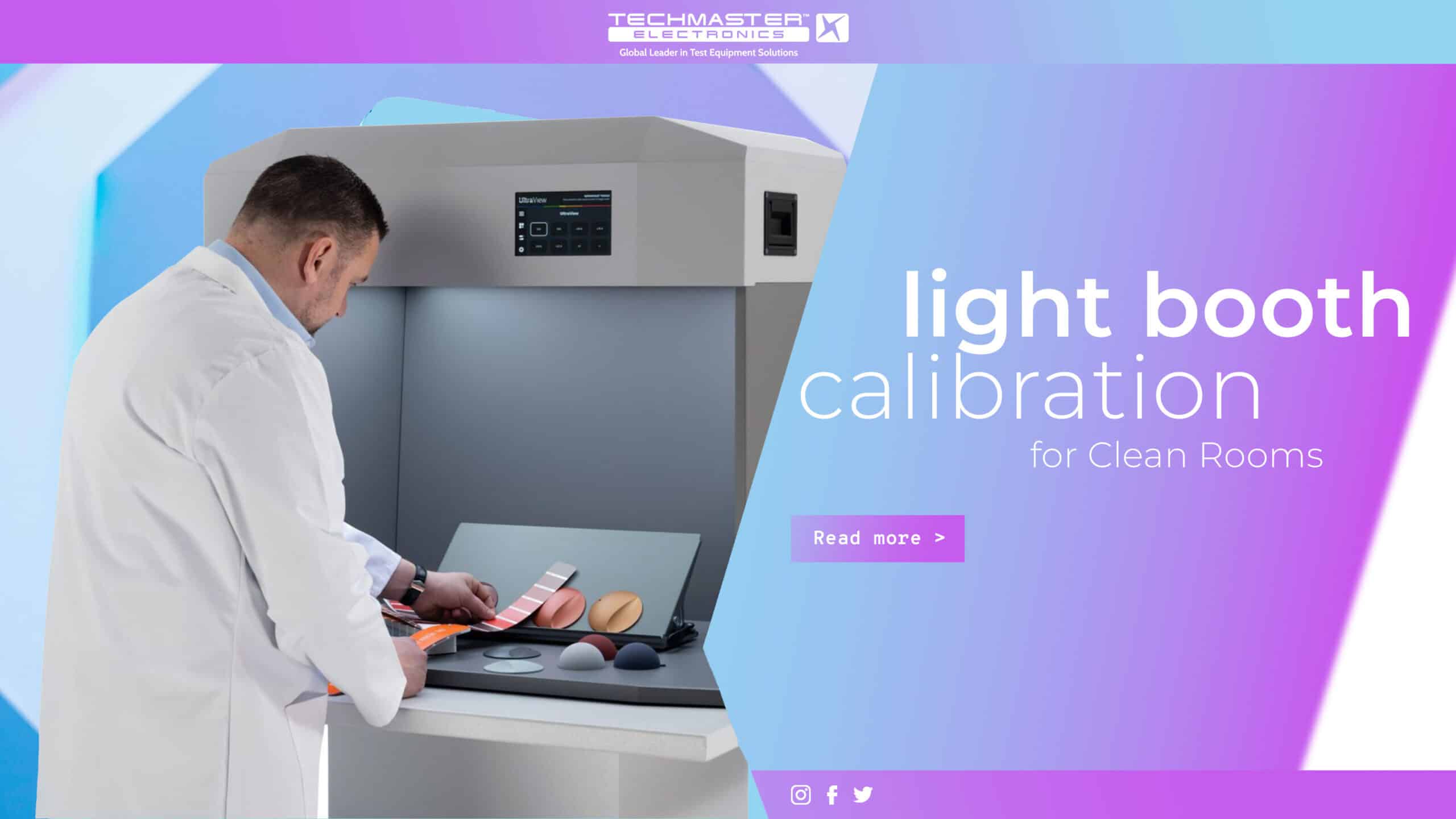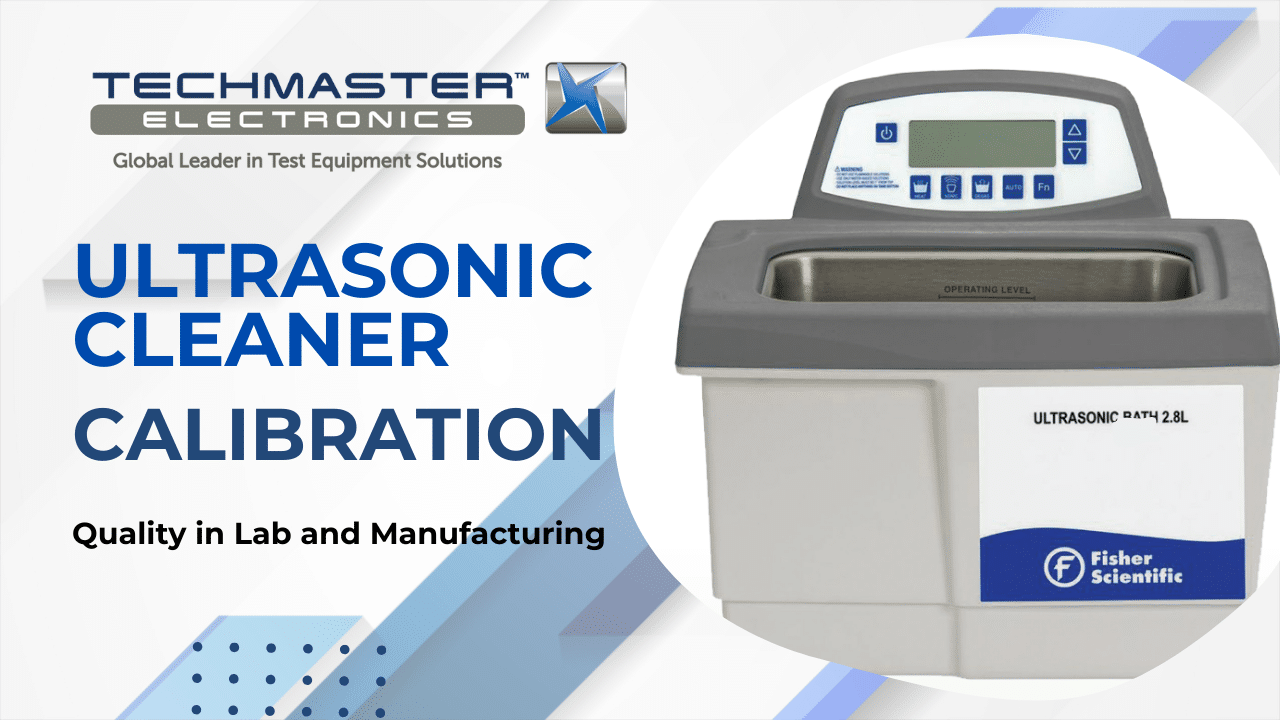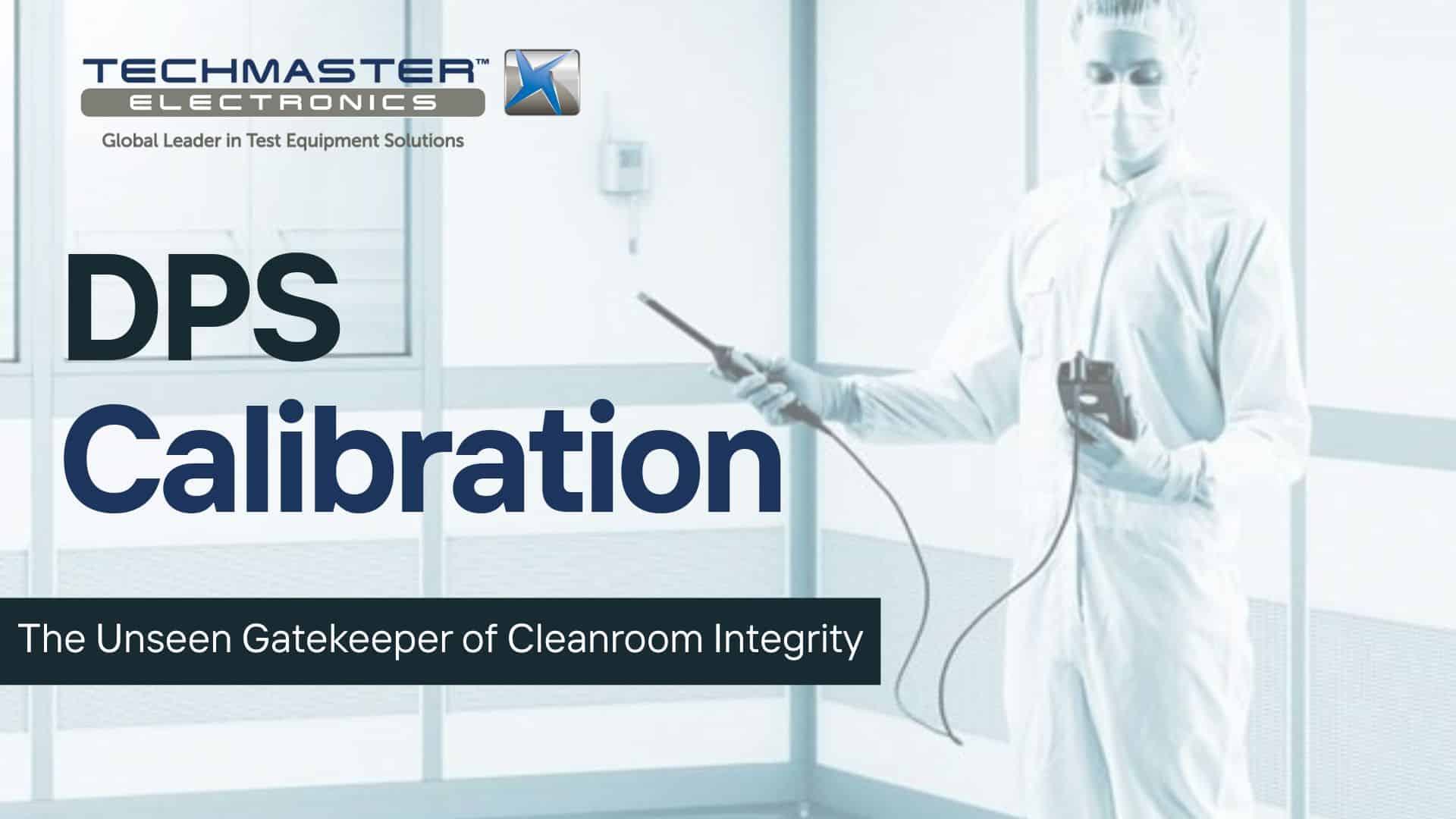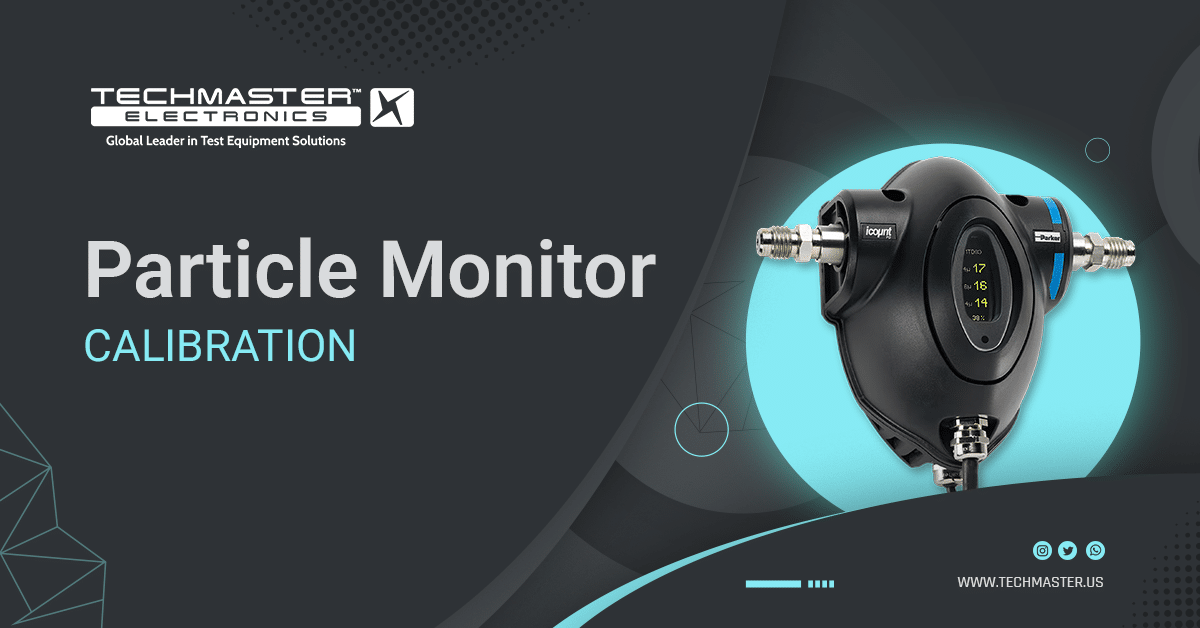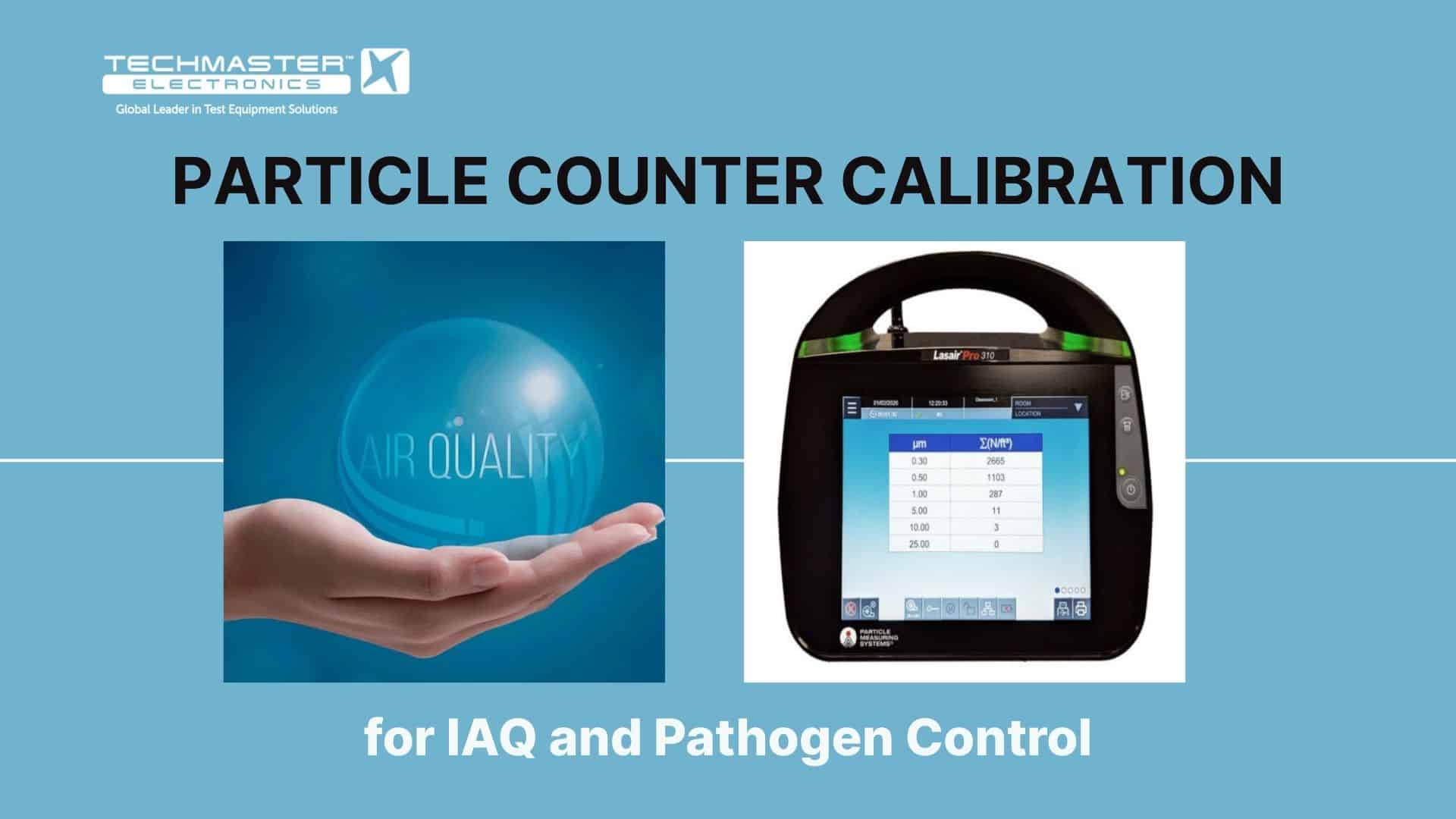Introduction
In industries where colour consistency defines product quality — textiles, paints, plastics, packaging and even medical devices — a light booth is more than a box with lamps. Also called a color matching booth, color viewing booth or color assessment cabinet, this instrument creates a controlled environment with standard lighting to judge colour differences. Human colour perception changes with lighting. Using a calibrated booth reduces subjectivity and replicates real‑world conditions such as daylight (D65), store light (TL84), incandescent light (A) and ultraviolet (UV). Without routine calibration, the booth’s lamps drift and output drops. This leads to incorrect decisions and potential quality claims. In this guide we explore why light booth calibration matters and how it aligns with industry standards. We describe the process for engineers and technicians and explain why QA managers and newcomers can trust a professional provider like Techmaster Electronics.
What Is a Light Booth and Why Does It Need Calibration?
A light booth (sometimes marketed as a colour matching booth, colour viewing booth or colour assessment cabinet) simulates standard lighting conditions to evaluate colour samples. Inside the booth, multiple lamps with different spectra illuminate a neutral grey background. Users can switch between daylight, store light and other illuminants to see how colours shift. This controlled setting is critical in clean room environments, where even slight colour variations can signal contamination or manufacturing defects.
However, colour checks depend on the booth keeping the right light level and colour temperature. Guidelines say the centre of the viewing area should have around 1 080–1 340 lux for critical tests and 810–1 880 lux for general tests. Fluorescent and LED lamps lose brightness over time and can drop by up to half; dust and old filters also change the colour temperature. Without calibration the booth will no longer match standards like ASTM D1729 or ISO 3664 and your judgements may be wrong. Regular calibration measures output, replaces old lamps and adjusts controls to restore the correct light level, colour temperature and uniformity.
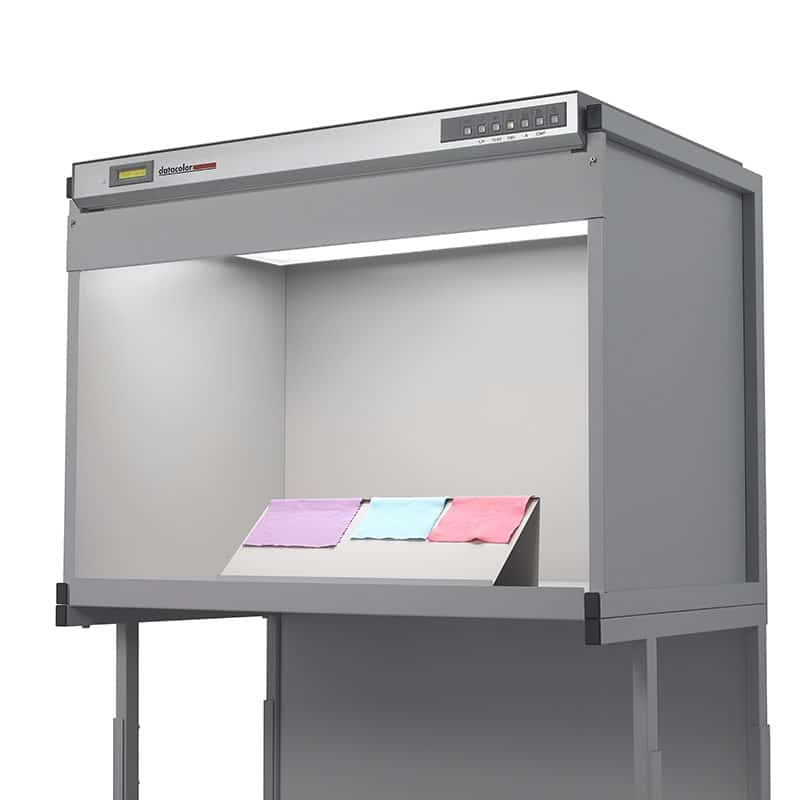
Calibration: A Mandate for Repeatability and Compliance
Companies like Datacolor say light booths are essential for checking colours and must be maintained and calibrated regularly to stay reliable. Everyone benefits: engineers trust the booth when they compare prototypes; QA managers can show auditors they follow the rules; newcomers make simple colour decisions. Ignoring calibration introduces hidden problems. Products may look fine inside your plant but fail in a customer’s light, causing rework or claims. Regular calibration removes these risks by making sure the booth meets standards and provides proof of accuracy.
Calibration Standards and Accreditation
Because light booth results help decide whether products ship, calibration must follow accepted standards. Professional labs follow rules like ISO/IEC 17025 and ANSI/NCSL Z540.1 and keep proof that their measurements trace back to NIST. Techmaster Electronics follows these rules. They offer different service levels: a basic calibration for everyday use, Z540.1 calibration for U.S. contract work, and ISO 17025 calibration for the highest assurance with documented uncertainties.
Clean Room Equipment and Colour Assessment
Techmaster also lists clean room instruments among its specialties, including RF/microwave, EMC/EMI and medical equipment. They provide calibration, repair and rental services for many fields. By using one provider, clients can manage different devices like colour booths, particle counters and temperature monitors more easily. Calibrating everything in one place means consistent records and simpler logistics.
The Calibration Process: How It Works
For engineers and technicians, understanding how a light booth is calibrated provides transparency and builds trust. A typical professional calibration follows these steps:
-
Initial assessment: Technicians measure each lamp’s light level and colour using a light meter. If readings fall outside the allowed range, they mark which lamps or reflectors are worn.
-
Cleaning and maintenance: They remove dust and dirt from bulbs and reflectors. Clean surfaces prevent light scatter and help restore brightness.
-
Replacement of components: They replace old lamps, diffusers or ballasts with approved parts. Light output can drop by up to half over time, so this step is important to restore proper light levels.
-
Adjustment and verification: After maintenance, they measure the light and colour again, using a certified meter to prove accuracy. They adjust the controls until the booth meets the allowed range.
-
Documentation: They issue a certificate that lists the measured values, adjustments and proof of accuracy. For ISO 17025 calibrations, the certificate also lists the uncertainty and the lab’s approval details.
Professional labs usually calibrate once a year or after 400 hours of lamp use. Industry discussions cite a cost of about 500 dollars per booth plus parts. Many companies calibrate several booths each year. While some engineers try to do it themselves, only approved labs can issue certificates that auditors and customers will accept.
DIY vs. Professional Calibration
You might think you can calibrate your own light booth. A trained engineer can measure light levels and replace lamps. But matching the accuracy and proof provided by a certified lab is hard. Professional labs invest in high‑grade meters, keep their standards checked by national labs, and follow strict procedures. They also supply neutral proof for audits. If you work in a regulated industry, using an approved service removes risk and ensures your colour decisions will stand up to inspection.
Why Calibration Matters
Ensuring Measurement Integrity
For engineers, light booth calibration is about making sure measurements are accurate. They need to see colours under the right conditions when designing new products. If the booth drifts out of spec, prototypes may look fine in the lab but fail in production or with customers. A calibrated booth becomes a trusted reference that reduces design iterations and helps engineers adjust pigments or processes. Calibration reports should include light readings and other details so engineers can trace and fix issues.
Quality Assurance and Compliance
QA managers and buyers must make sure test equipment meets contract requirements. They need to prove the light booth follows standards and that calibration records trace back to NIST or another national lab. When auditors or customers ask for proof, an ISO 17025 certificate from a trusted provider like Techmaster shows you have done your duty. It lowers the risk of failing an audit and helps maintain quality certifications. Buyers also consider cost. A miscalibrated booth can lead to recalls or scrap; paying for regular calibration is small compared to these losses.
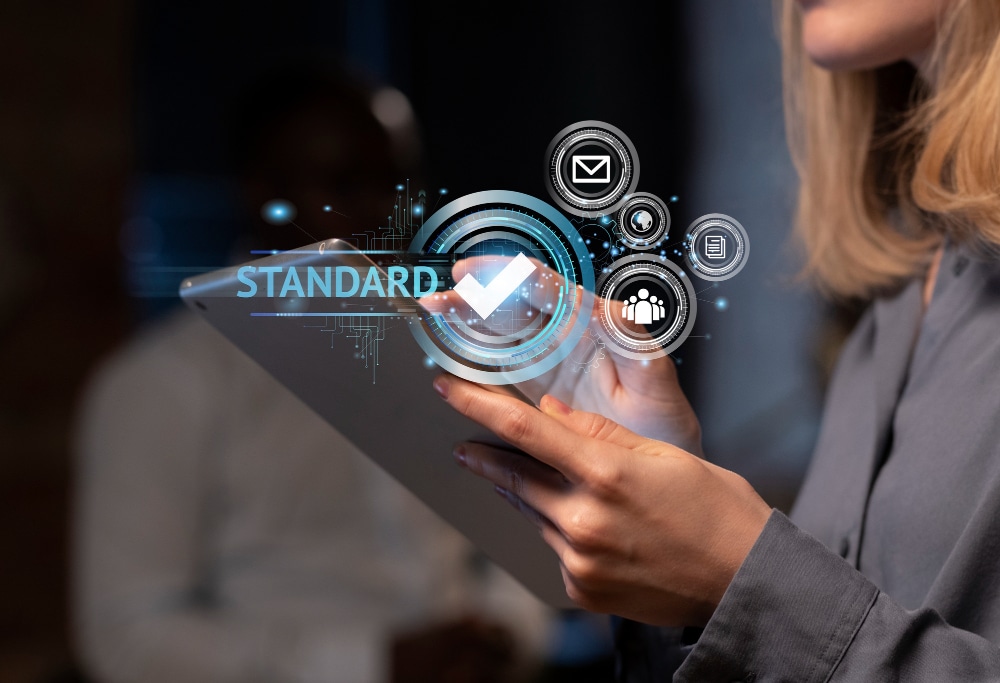
Understanding the Basics
If you’re new to colour control, light booth calibration may sound complicated. At its core, calibration makes sure the booth imitates daylight and other lights so you can make the right visual choices. Think of the booth as your reference environment; calibration keeps it honest. Learning to read certificates, understand light levels and know when to replace lamps will help you keep colour quality.
Benefits of Professional Light Booth Calibration
For all user groups, professional calibration offers tangible benefits:
-
Stable quality: Replacing and verifying lamps keeps colour tests consistent over time and between sites.
-
Meet rules and lower risk: Approved calibration satisfies customer and regulatory requirements. In fields like drugs or aerospace, proof of ISO 17025 and Z540.1 is required.
-
Less downtime and longer life: Service plans measure light and colour and provide tips to extend lamp life and reduce downtime.
-
Save money: Paying for calibration helps you avoid the much higher costs of product failures or returns. Using a lab with a certified meter gives you confidence in the results.
-
One‑stop service: Many providers, like Techmaster, can calibrate, repair and rent equipment. If a booth fails, they can fix it or provide a rental unit while they work. This means you don’t need multiple vendors and makes logistics easier.
Choosing Your Light Booth Calibration Provider
Selecting a provider involves more than comparing prices. Consider the following factors:
-
Accreditation and standards: Make sure the lab is certified to ISO 17025 and ANSI/NCSL Z540.1 and that they can calibrate light booths. Techmaster follows these standards.
-
Proof and accuracy: Choose a lab that can trace its measurements to national standards and includes uncertainty in the certificate.
-
Experience and scope: A lab with many years of experience and a broad range of skills can handle complex instruments. Techmaster has over 30 years and works on clean room instruments.
-
Service model: Check if they offer on-site service or if you must ship the equipment. Look for pickup, delivery or rental options to reduce downtime.
-
Support and records: Check how easy it is to get certificates, schedule service, and use their portal.
When you compare providers, ask to see their ISO 17025 certificate and a list of what they can measure. A good lab will share this. Also ask about the service interval, cost, and if they supply replacement lamps or parts.
Techmaster Electronics: A Trusted Partner for Clean Room Calibration

As highlighted in the internal analysis of Techmaster Electronics, the company positions itself as a comprehensive and technically proficient provider of calibration services. Key attributes include:
-
Integrated services: Techmaster calibrates, repairs and sells or rents equipment so you can manage your instruments with one company. If a light booth fails, they can repair it or provide a rental unit.
-
Follow standards: Techmaster meets ISO/IEC 17025 and ANSI/NCSL Z540.1 and provides NIST‑traceable calibrations.
-
Broad scope: Techmaster works on RF/microwave, electrical, EMC/EMI, medical and clean room equipment. This helps when you need to calibrate many types of instruments.
-
Decades of experience: Techmaster has over 30 years of experience calibrating and servicing equipment.
-
Customer‑focused: Techmaster offers fast turnaround, pickup and delivery, and online certificates and scheduling to make your job easier.
Partnering with an approved provider like Techmaster ensures that light booth calibrations are thorough, documented and recognised globally. Whether you operate in a highly regulated sector or simply want to maintain consistent brand colours, professional calibration supports your quality objectives.
Frequently Asked Questions (FAQ)
How often should I calibrate my light booth?
Calibrate once a year or after about four hundred hours of use. Recalibrate if you change lamps or move the booth. High‑risk industries may calibrate more often.
Can I calibrate the booth myself?
You can clean and change lamps, but only a licensed lab can check accuracy and give you a certificate. DIY fixes can push the booth further out of spec.
What does calibration cost and what is included?
It usually costs around 500 dollars plus parts per booth. This covers testing, cleaning, replacements, adjustments and a certificate. ISO 17025 service costs more and includes a detailed report.
Does calibration improve product quality?
Yes. Calibration cuts false rejections and stops defects. It makes sure your samples look the same under standard lights and in real use. This saves time and money.
Why choose a licensed provider like Techmaster?
Licensed providers follow strict quality systems and keep records that trace back to national standards. Techmaster is approved under ISO/IEC 17025 and ANSI/NCSL Z540.1 and offers many services. This makes it a good choice for reliable calibration.
Conclusion
Whatever you call them, light booths are essential for accurate colour checks. Lamps and filters age and change over time, so regular calibration is key to keeping results consistent and meeting quality rules. Using a certified lab not only fixes the booth but also gives you the proof your quality system needs.
At Techmaster Electronics we follow the standards, bring broad technical skills and focus on customer service. Our 30 plus years of experience and ISO 17025 and ANSI/NCSL Z540.1 approvals help you meet rules and keep colour quality. Contact us to schedule your light booth calibration service and feel the peace of mind that comes with accurate, traceable results.
What is a Light Booth?
A light booth (also called color matching or viewing booth) is a device with multiple standard light sources like D65, TL84, A and UV. It creates a neutral, controlled environment so you can compare colours accurately without outside glare or shadows.
Why Calibrate?
Lamps dim and filters age, so the booth can fall out of spec and fail standards like ASTM D1729/ISO 3664. Regular calibration restores the right light levels and colour temperatures, reduces risk of bad decisions and gives proof your quality system needs.
DIY vs. Pro
You can clean dust and change lamps, but matching the accuracy and documentation of a certified lab is difficult. Professional services use high‑grade meters, follow ISO 17025/ANSI Z540.1 and provide certificates accepted by auditors—usually once a year or after 400 hours.
Choosing a Provider
Look for labs certified to ISO 17025 & ANSI/NCSL Z540.1, with NIST‑traceable instruments. Check their experience, service options (on‑site, pickup, rental) and ease of getting certificates. Techmaster offers integrated calibration, repair and rental to simplify your workflow.



